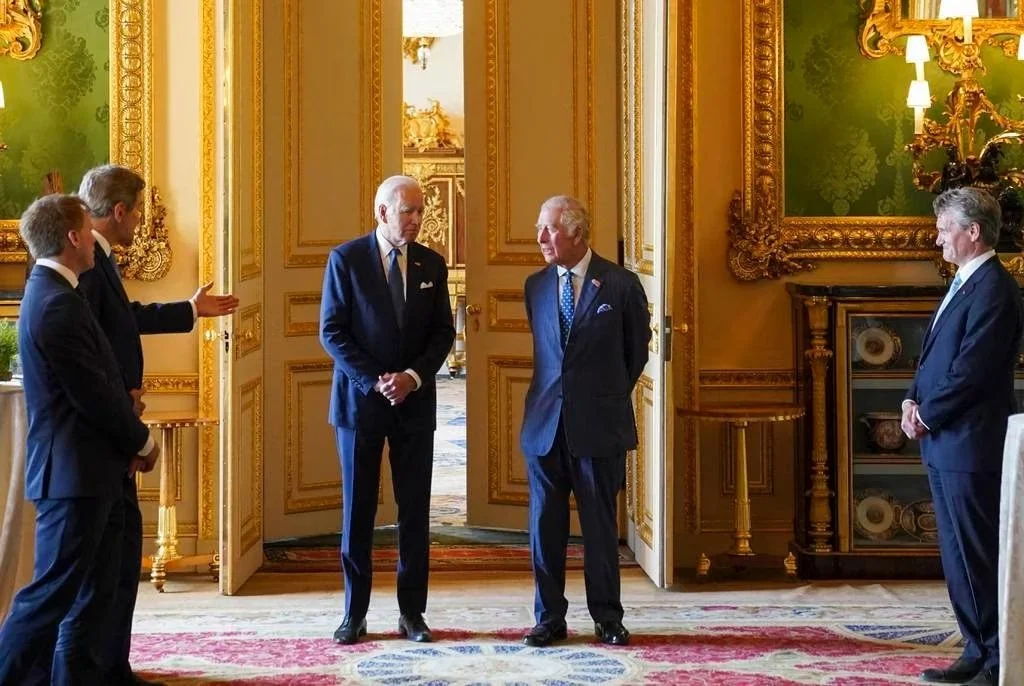By Daniel DePetris
President Joe Biden is on a multiday swing through Europe, a continent that continues to host its deadliest war in 80 years. After he wraps up his meetings with British Prime Minister Rishi Sunak and King Charles III, Biden will fly to Vilnius, Lithuania, for the main event: the annual meeting of NATO heads of state.
Typically, NATO summits are highly scripted affairs. Leaders pose for group pictures, smiles planted on their faces. Officials exchange handshakes, and individual members meet in side conferences. Mundane speeches that robotically emphasize NATO’s strength, unity and potential are delivered by pretty much everyone in attendance. And at the end, a lengthy joint communique is released, riddled with highly bureaucratic language that could put you to sleep after a few minutes of reading it.
This week’s summit, however, is different. Biden and colleagues such as Sunak, German Chancellor Olaf Scholz and French President Emmanuel Macron have been careful to project a sense of resolve heading into the meetings, which will be held about 90 miles from Russia. But behind closed doors, there are substantive differences among members on a variety of issues, from the alliance’s future relationship with Ukraine to the perennially thorny subject of defense spending obligations. With 31 members at the table and unanimity required for all decisions, it’s hard to envision the meetings ending with all of these disputes resolved. To expect otherwise is almost delusional.
This piece was originally published in The Chicago Tribune on July 11, 2023. Read more HERE.

